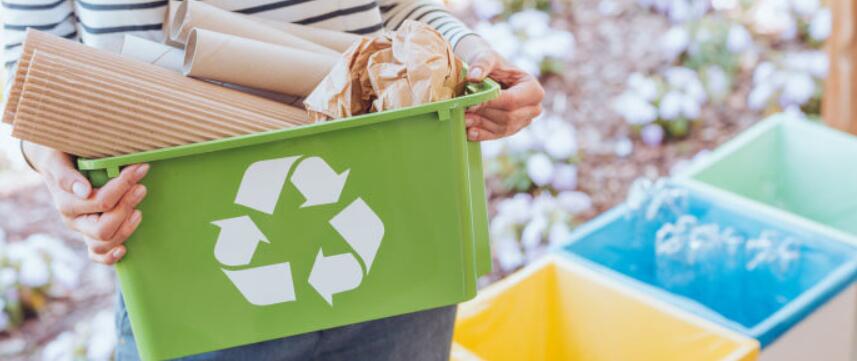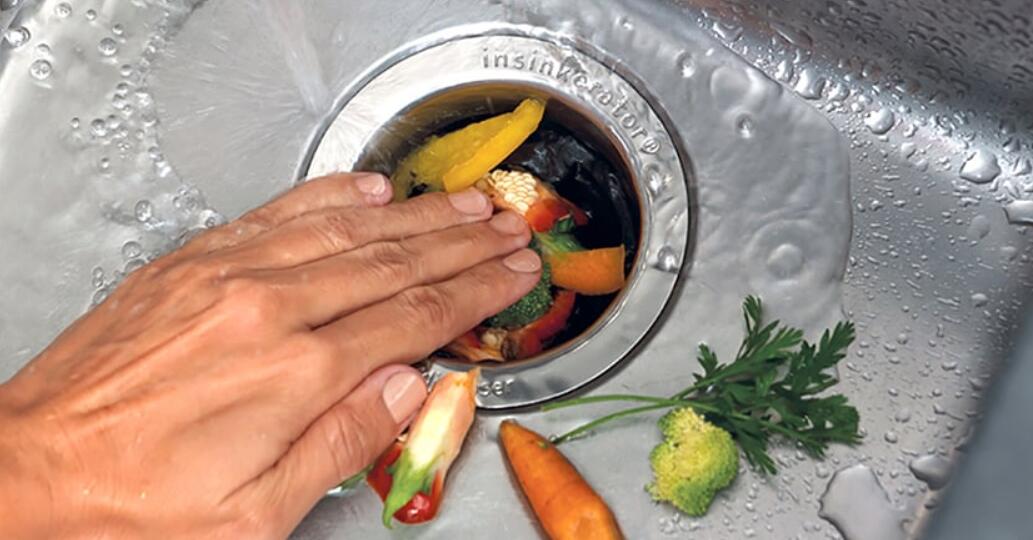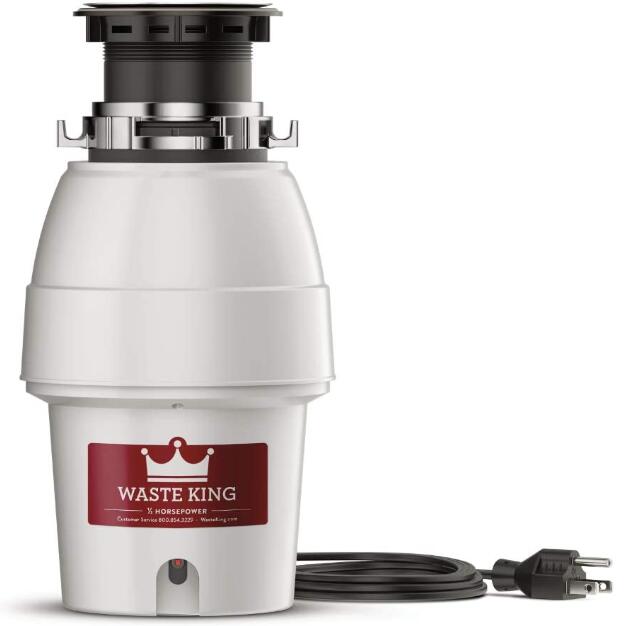A typical household will generate a lot of waste on a daily basis. Every time you prepare food you need to peel vegetables or fruits. When you finish eating, there are leftovers, which you will need to dispose of.
Every time you buy something from the supermarket, it comes in a package that ends up being trash. Food waste is especially troublesome. Statistics state that the US is leading to food waste generation. The waste amounts are as high as 80 billion pounds or 219 pounds per person every year.
With so much waste, there has to be a way to get rid of it. So, where does the waste go? In our article, we will explore the best place for garbage disposal.
7 Ways to Dispose of Garbage Properly

Recycling
Recycling is one of the best ways to dispose of your garbage. You play a role in environmental preservation and can get some use out of the recycled material. Separate recyclable material such as metals, PVC, glass, and LDPE.
There are companies that deal with such materials and they may have locations where you can dump them. You may get some money in exchange for what you bring in. On some of the packaging, the manufacturer indicates recyclable material.
Landfills
Different municipalities have specific areas for rubbish disposal. The garbage man collects the trash from your home and dumps it in the landfills.
It requires large tracts of land to be able to handle all the waste generated within the area. However, it is not an environmentally-friendly disposal method. So, it could result in water and air pollution.
Garbage Disposals Units
Impressively, garbage disposals provide a lot of convenience within the home. Put the waste into the unit and forget about it. The unit will grind it up, and send it to the local treatment plans via your sewer system.
Be careful about what you put into your garbage disposal. You should, for example, avoid putting glass, metal, fat, and pasta into the unit. Some of the waste can cause irreparable damage to your disposer. Others such as fat and pasta will clog your sewage system.
Recommended Garbage Disposal Units for Your Home Waste
Reuse
Before you throw anything into the garbage bin, see if you can find some use for it. You will find a lot of DIY tutorials on how to reuse old items. Paper bags and plastic bottles, for example, are reusable items.
Biological Processing Of Organic Waste
You generate a lot of organic waste within your house. Banana peels, food remains, cardboard, coffee berries, and paper are some examples. You can use some of them as mulch for your garden.
The other option is composting, which can be on an industrial or household basis. Composting is quite popular in most rural or farm homes.
Dig a pit where you will accumulate the waste. The microbes will work on organic waste to decompose it. Speed up the process through the introduction of worms in a process known as vermicomposting. You get nutrient-rich manure and can generate electricity or gas for use within the home. Be patient because the process takes time. You also need to have enough land to use as your composting area.
Animal Feed
Do not be too quick to dispose of some of the food items from your kitchen. Feed vegetable peelings to the rabbits or other domesticated animals such as livestock. Meat and bones can go to your family dog.
If you have pigs, they will eat anything you give them. Even if you do not have the animals within your home, you can donate the waste to other families with animals. The local farmers in the area will only be too happy to receive such donations.
Burning Of Waste or Thermal Treatment
You have the option of incinerating the waste you generate from your house. Ensure that you demarcate an area where you will do the burning. You do not want to interfere with the neighbor’s peace of mind, because of billowing clouds of smoke. Burning your waste is an inexpensive way of disposing of garbage. You can also reduce large volumes of waste.
Ensure that you pay attention to whatever you burn. Thermal treatment involves the use of special generators. It helps trap the energy resulting from the incineration process. The byproducts are ash, gas, heat, and steam, which find use in heating, cooking, or powering turbines.
Some companies use waste to generate electricity, heat, or steam. They may have collection points for such items. It makes it very easy for you, in the case that you are struggling with where to dispose of your trash.
FAQ about the Ways to Disposal of Garbage

1. What types of garbage disposal options are there?
You have many options including the use of garbage disposal units, recycling, or burning. You can also compost or use them as animal feeds.
2. Why are garbage disposals so popular?
A garbage disposal unit provides convenience and functionality. You do not have to worry about the waste that goes into the unit because the treatment plant will take care of it for you.
3. Where does the waste from my garbage disposal go?
All the waste goes to the treatment plants. At the treatment plant, they will separate the solid waste and send the rest into a digester tank. Bacteria will then work on the waste to break it down further. By-products of the wastes are many; including methane, energy, and fertilizer.
4. Which is the cheapest way to dispose of waste?
Burning is cheap and effective, but it can contribute to environmental pollution.
5. How do landfills work?
Landfills work by burying the waste into the ground.
6. What are the dangers of burning waste?
You must pay close attention to toxic or hazardous wastes. Chemicals can be dangerous and could lead to air pollution. Cans for example; may explode if you put them in the fire. Manufacturers will usually advise on whether you can expose particular items to fire.
Final Thoughts
We have looked at the best place for garbage disposal in our article above. You can take advantage of some of the methods to eliminate waste from your household.


